LIVING STORIES OF THE HITTITES
Prepared by: Damla DALGIÇ
The Hittite Empire was an ancient civilization in Anatolia from the late 17th century BC to the end of the 12th century BC. The Hittites provided significant examples of stone masonry. Stone reliefs are commonly found on monumental structures, such as city walls and gates. Notably, they can be seen in Boğazköy, Alacahöyük, Yazılıkaya, and Karatepe. The remaining wall reliefs carry parts of the stories of the Hittites to the present day. These stories, beyond the unknowns of ancient times, reveal abiding moments despite changing ages, beliefs, and geographies. These familiar stories demonstrate that live was always the same. The reliefs below display timeless stories of enthusiasm, excitement, and simple moments of love and faith. The Hittites have been preserving these universal stories of humanity on stone walls for centuries in a simple and somewhat abstract style.
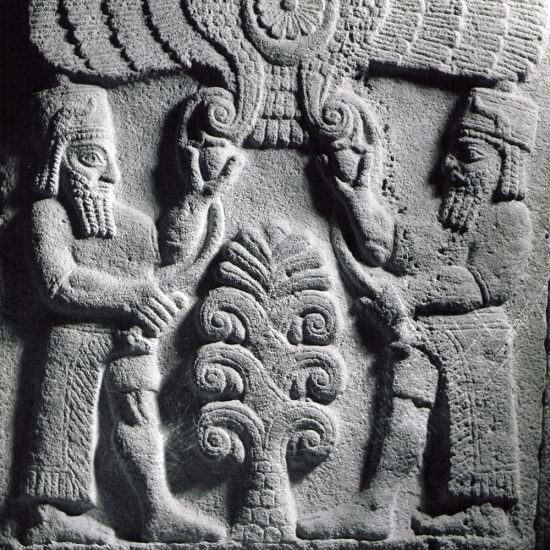
Just like many other cultures, the Hittites associate the notion of life with a tree. Life is composed of stories, just as trees are composed of roots and branches.
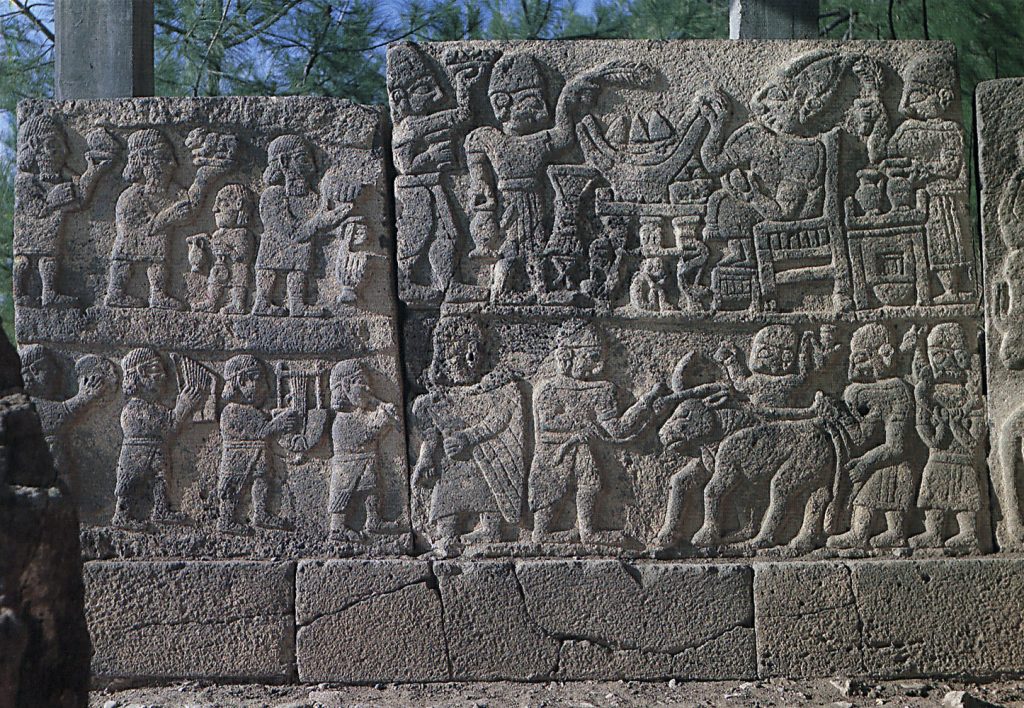
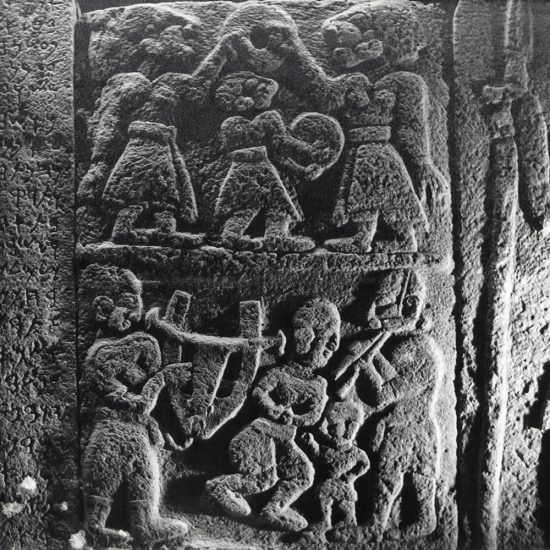
The Relief Depicting a Banquet with Musicians, Basalt, 8th c. BCE, The East Wall of the North Gate at Karatepe
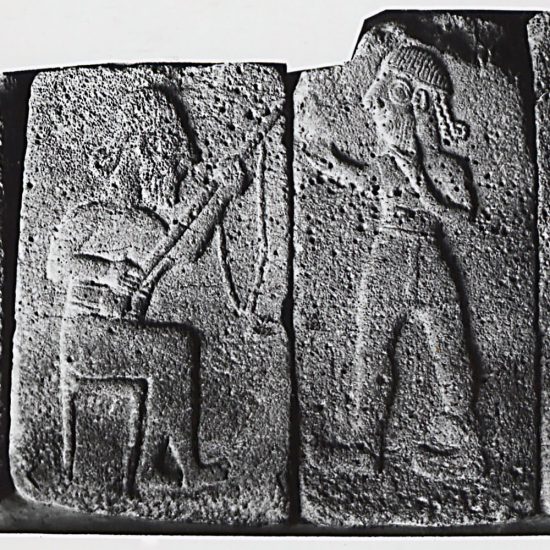
The Relief of Lut Player from Zincirli, Basalt, Iron Age Age (1,200 – 500 BCE), Pergamon Museum in Berlin
Envanter No: GNT.S03.28.phg.01
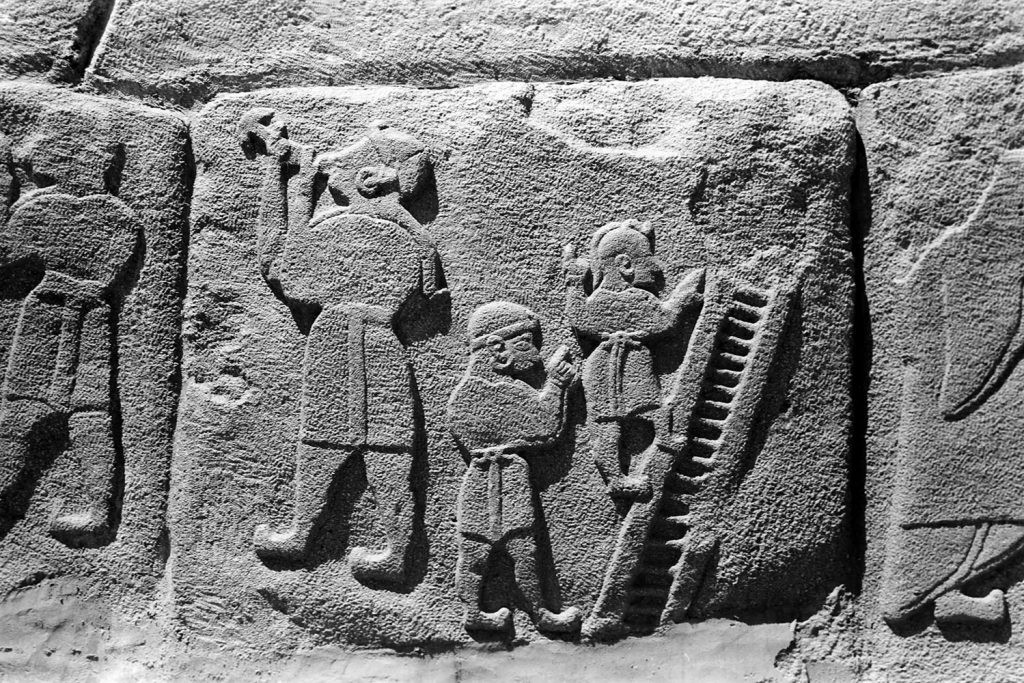
The Relief Depicting the Sword Swallower and Acrobats, Basalt, 14th c. BCE, Alacahöyük
Envanter No: GNT.D09.02.ngv.27
These reliefs illustrating the food you cannot taste, the music you cannot hear, and the magic tricks you cannot see at their end tell stories of exhilarating entertainment. Although it is impossible to know how proud the emperor was to organize these banquets as symbols of power and fruitfulness, how many times the child carrying the food was admonished, how many times the musicians missed the beat, and how many times the illusionists rehearsed the trick, it is possible to feel the excitement of those people.
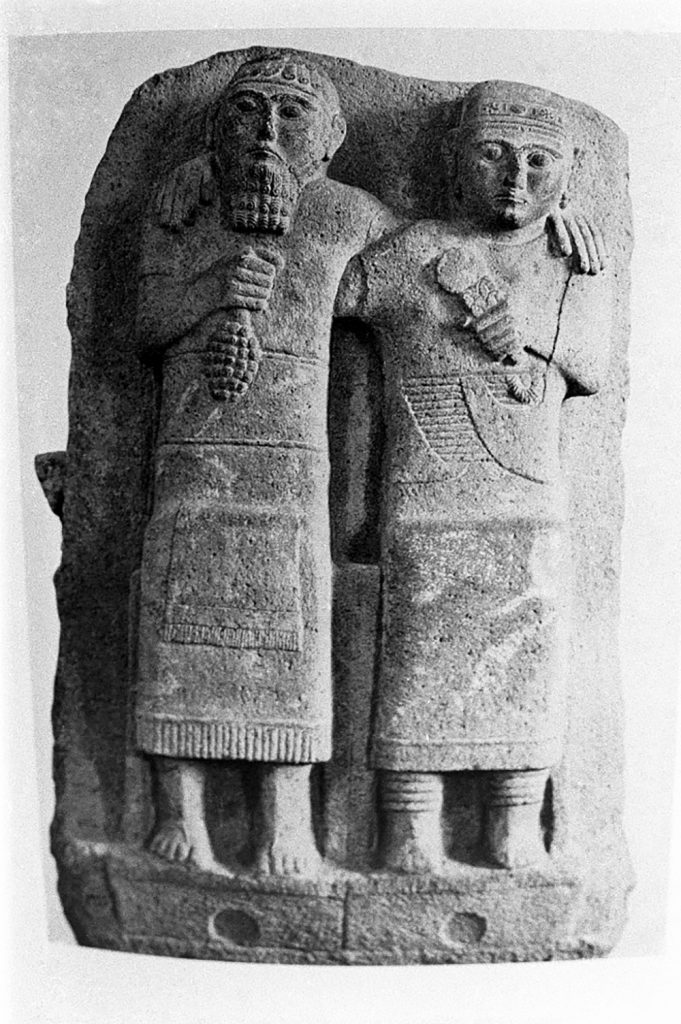
The Funerary Stele of a Wine Merchant and His Wife, Basalt, 1600 – 1178 BCE, Adana Archaeology Museum

The Funerary Stele of Tarhuntiwastis and His Wife Azinis, Basalt, Early 9th c. BCE, Istanbul Archaeological Museum
Envanter No: GNT.S17.19.phg.01
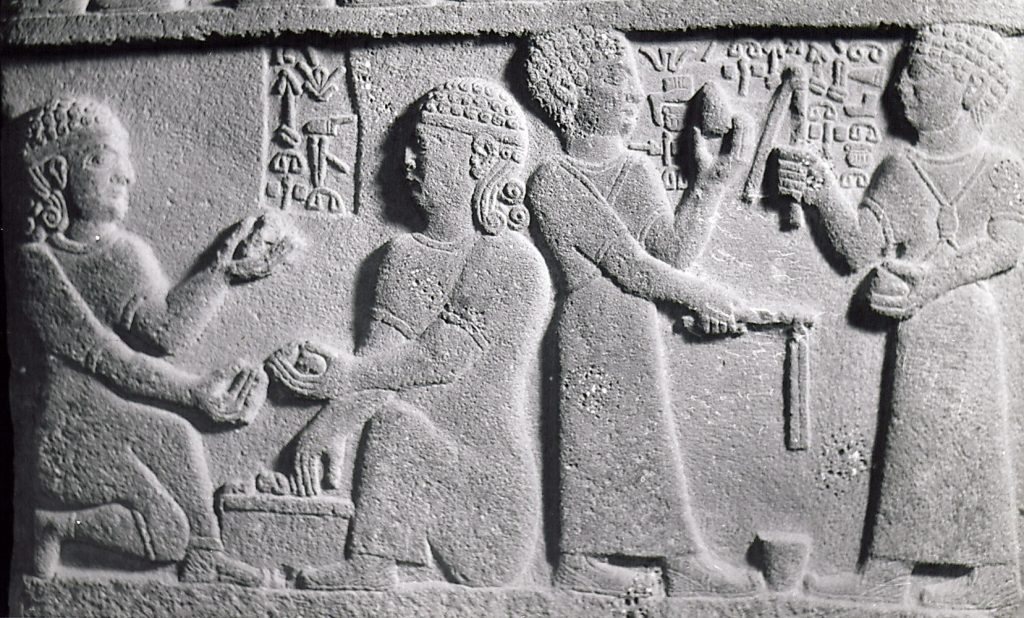
The Relief of Children of Araras, Basalt, 8th c. BCE, Anatolian Civilizations Museum in Ankara
Envanter No: GNT.S13.15.phg.07
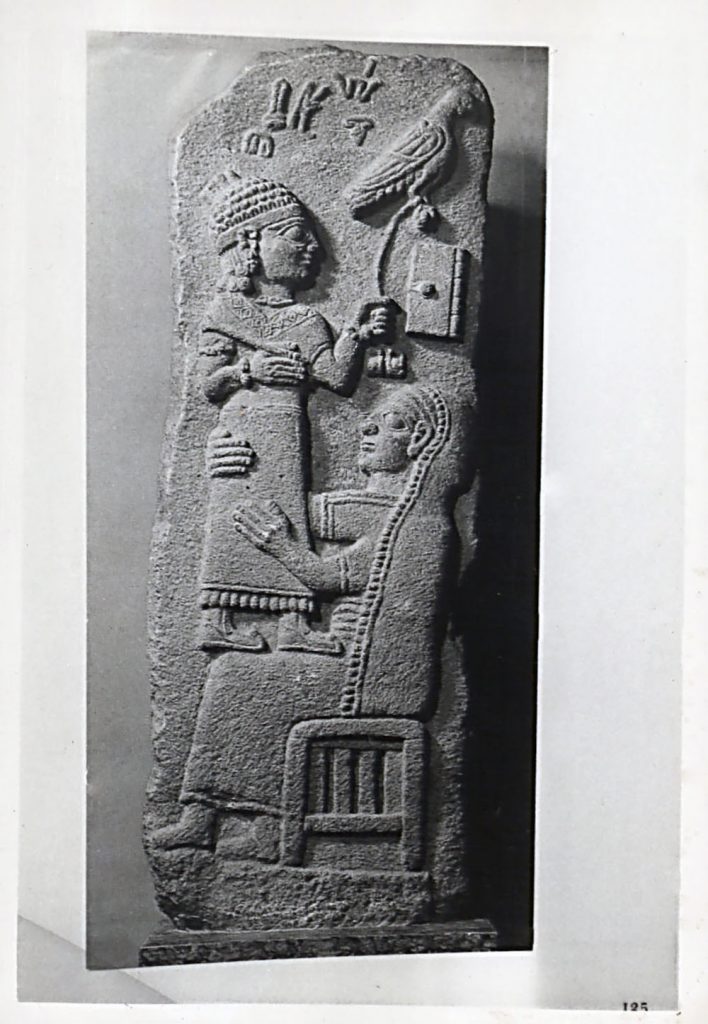
The Funerary Stele of Tarhunpijas, Basalt, 8th c. BCE, Kahramanmaraş Museum
Envanter No: GNT.S17.18.phg.02
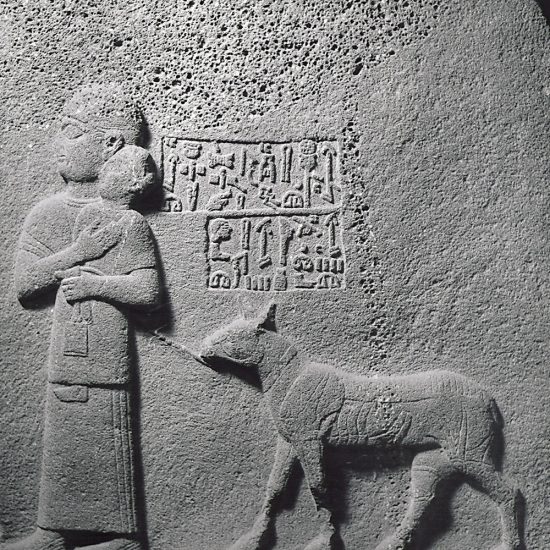
The Relief Depicting a Woman Holding Tuwarsa, Basalt, 8th c. BCE, Anatolian Civilizations Museum in Ankara
Envanter No: GNT.S13.15.phg.06
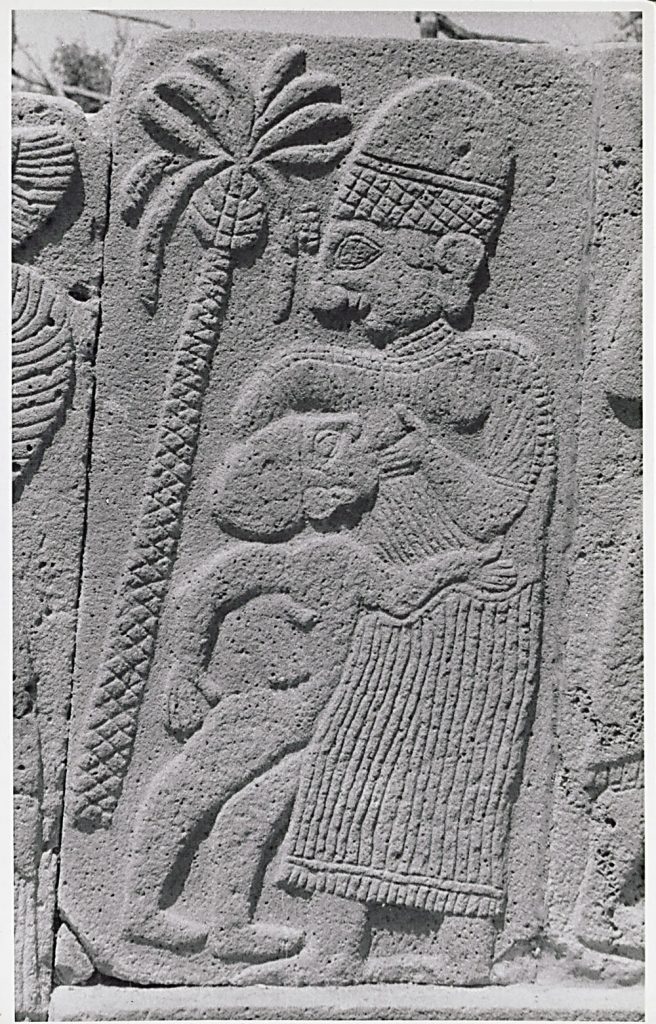
The Relief of a Woman Breastfeeding Her Son, Basalt, 12th c. BCE, The West Wall of North Gate at Karatepe
Envanter No: GNT.S20.09.phg.01
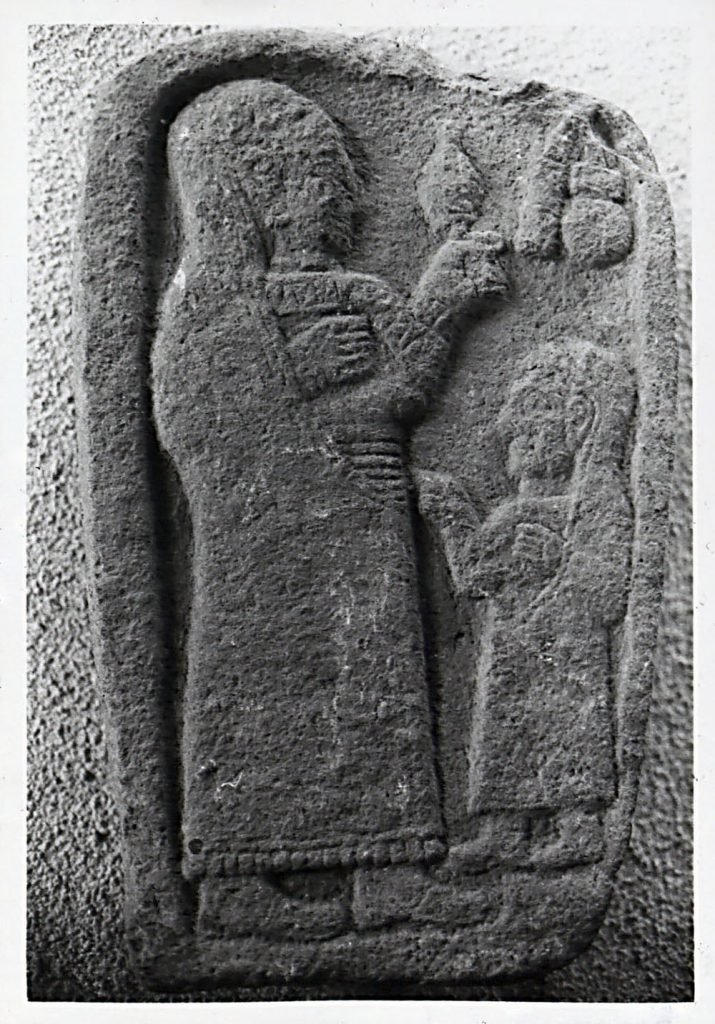
The Funerary Stele Depicting a Woman Holding a Spindle in Her Hand and a Girl, Basalt, 9th c. BCE, Istanbul Archaeological Museums
Envanter No: GNT.S17.19.phg.02
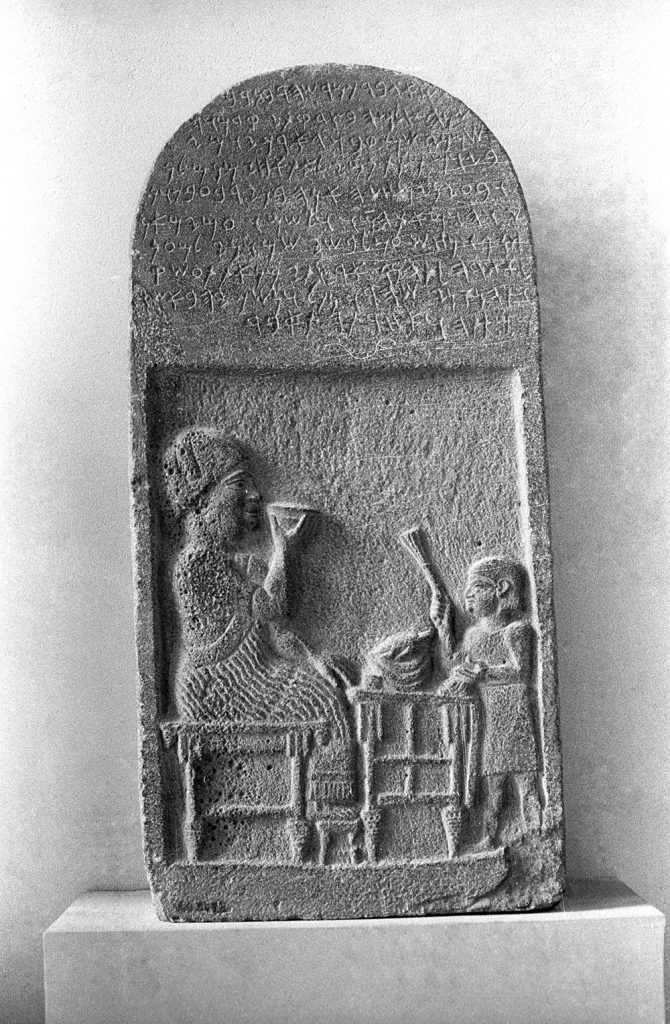
The Relief Depicting the Funerary Banquet of an Aramaean Priest, Basalt, 7th c. BCE, Louvre Museum in Paris
Envanter No: GNT.D09.11.ngv.01
These reliefs, showing the relationships between spouses and the special moments between mothers and their children, narrate unchanging stories of love that are mainly conserved on tombstones. These moments, as ordinary as children playing, were seen as the most precious summary of one’s life, and it was desired to continue living after death.
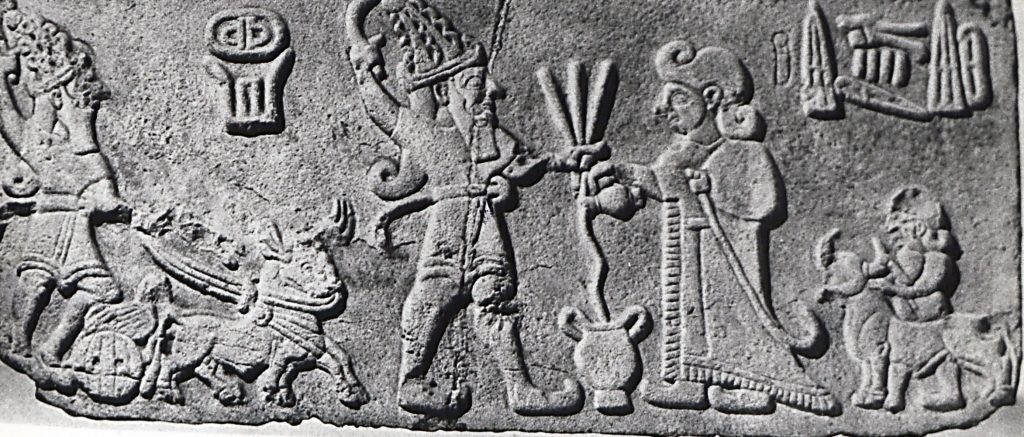
The Relief Depicting The King Sulumeli Offering a Drink to Storm God, Basalt, Iron Age (1,200 – 500 BCE), Aslantepe
Envanter No: GNT.S17.12.phg.02

The Relief Depicting the Procession Ritual of Women Carrying Votive Offerings, Basalt, Iron Age (1,200 – 500 BCE), Anatolian Civilizations Museum in Ankara
For the Hittites, who had a religion with a thousand gods, their faiths were a crucial part of every story, and like every believer, they wanted to strengthen their beliefs by solidifying them in various ways. They made offerings to the gods to protect themselves from storms and increase the fertility of the land. The Hittite emperors had these reliefs made to convey their beliefs to future generations and gain the grace of the gods. It was also an impressive way to demonstrate their religious authority and power.

The Relief of Sea People, Basalt, Iron Age (1,200 – 500 BCE), Karatepe
Envanter No: GNT.S20.27.sld.02
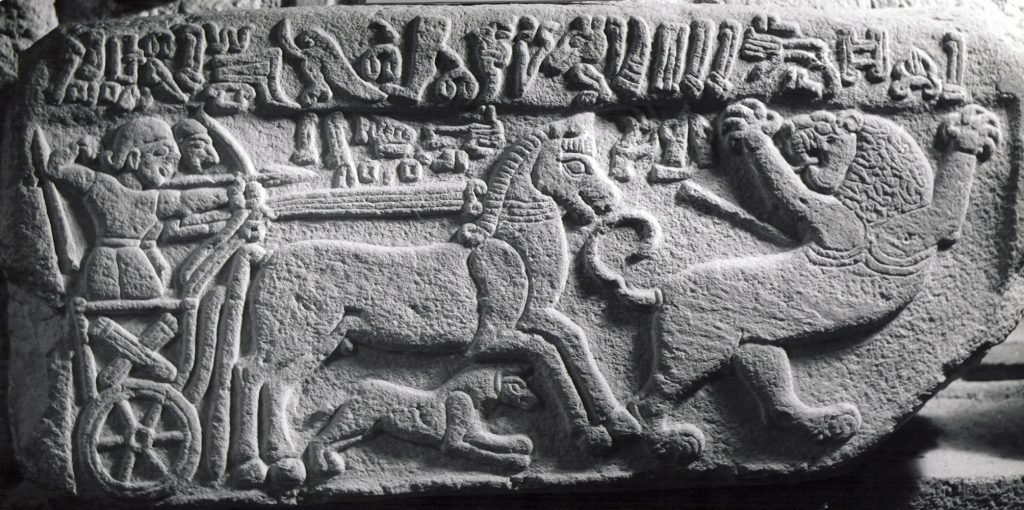
The Relief Depicting Lion Hunting, Limestone, 11th – 10th c. BCE, Anatolian Civilizations Museum in Ankara
Some narratives don’t require a strict commitment to reality, and the stories of the Hittites are no different. These reliefs, displaying sailing in a sea full of giant fish and a lion raising its front legs in a human-like manner and shouting in fear, tell stories embellished with exaggeration. Nevertheless, these stories were meant to be kept alive, and as narrators, the Hitties make the viewers believe whatever they want.
